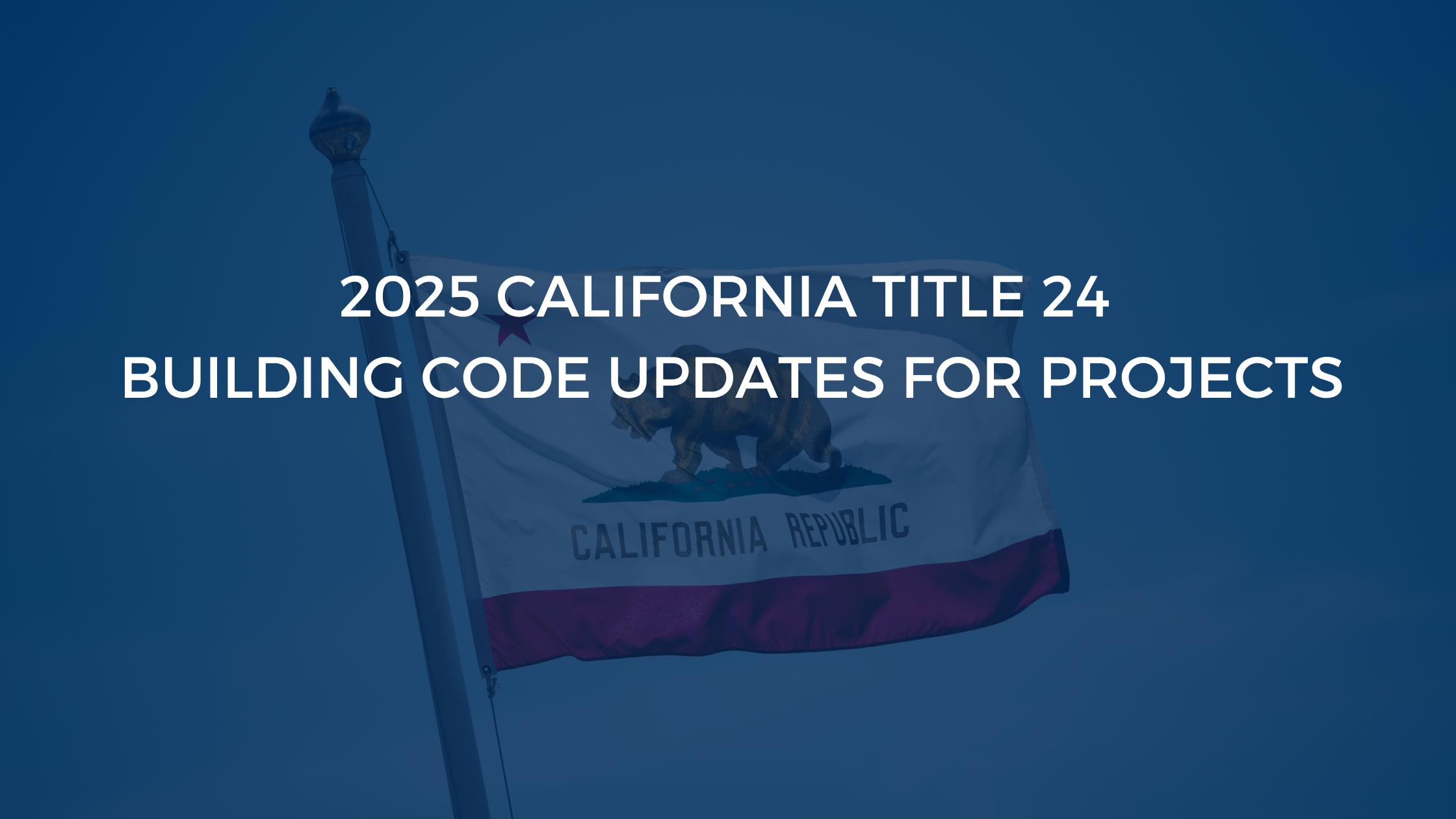Health and wellness is a key concern for modern professionals, particularly millennials, who not only constitute the largest generational group within the U.S. workforce but also maintain higher levels of physical fitness in comparison to their junior and senior peers.1 2 Companies across the country have developed and deployed health and wellness initiatives in response. In fact, nearly 50% of public and private organizations nationwide have rolled out such programs.3
However, a good number of businesses are moving beyond incentivizing activity tracker use or hosting lunchtime yoga sessions and are instead baking wellness into their office environments. The Manhattan real estate and technology firm Delos is credited with developing and formalizing this approach, which it launched for public consumption back in 2014, per The New York Times. Hundreds of entities across the globe have since executed office expansions designed not only to house their workers but also help them flourish, physically and psychologically.
The benefits of building for health and wellness within the workspace
Approximately 30% of U.S. workers say their respective offices are not conducive to personal and professional productivity.4 Professional spatial satisfaction correlates strongly to workplace wellness, as people who generally dislike the spaces in which they work are more likely to call out or come in sick than those who enjoy their physical environments.5 This missed time drags on the bottom line, as widespread absenteeism costs American businesses hundreds of billions of dollars annually.6 It is therefore in the best interests of enterprises to cultivate workspaces that keep workers healthy, happy and engaged.
Understanding the different certification types: WELL vs Fitwel
WELL centers on various core concepts that encourage structural design and building professionals to create structures that:
- Use source elimination or reduction strategies, active and passive design features, operational methodologies and human interventions to ensure optimal air quality. (Air)
- Contain components designed to facilitate water access and minimize drinking water contamination and building material damage. (Water)
- Support fruit and vegetable availability and nutritional transparency. (Nourishment)
- Enable users to access bright spaces that boost their mental and physical health. (Light)
- Promote physical activity and discourage sedentary habits. (Movement)
- Contain HVAC and thermal control components that ensure user comfort. (Thermal Comfort)
- Mitigate noise pollution. (Sound)
- Minimize exposure to caustic or outright harmful building components. (Materials)
- Support user mental health through structural features like easy access to nature. (Mind)
- Engage users from all economic and social demographics, including parents. (Community)
- Pave the way for creative commercial construction solutions. (Innovation)
While popular, the WELL Standard is not the only set of guidelines by which businesses can create offices that support employee health and wellbeing. Soon after Delos entered the arena, researchers for the U.S. Centers for Disease Control and Prevention and the General Services Administration began developing their own codes for building health and wellness into offices. Released to the public in 2017, the Fitwel Standards, which take the form of scorecards tailored to specific structure types, are meant to empower organizations to cultivate workspaces that lay the groundwork for various positive employee health impacts.8
Fitwel influences seven Health Impact Categories:
- Increased physical activity
- Occupant safety
- Morbidity and absenteeism reduction
- Social equity for vulnerable populations
- Employee and visitor wellbeing
- Positive community impact
- Enhanced healthy food access
The Fitwel Standards provide granular structural design and construction guidelines for achieving these outcomes, which include selecting an advantageous location central to public transportation, building robust outdoor spaces that encourage physical activity and easy access to potable water supplies to encourage hydration. Businesses across 35 countries have erected roughly 1000 structures that comply with the Fitwel Standards. These buildings tend to feature components that promote exercise — wide and well-lit stairwells, for example — and often occupy spaces within urban "micro districts," Building Design and Construction reported.
Both the WELL Standards and Fitwel Standards cover similar territory. However, there are subtle differences. For example, the WELL Standards are far more comprehensive, making them ideal for companies pursuing new construction projects. The Fitwel Standards are slightly more nebulous and, in some respects, easier to implement, which means they work best for entities looking to retrofit their existing workspaces.
The certification processes associated with each of these standards differ as well. Organizations pursuing WELL certifications navigate a four-step process. First, structural design and building stakeholders use the WELL scorecard to assess the existing workspace. They then move onto the implementation phase, where they collaborate directly with WELL coaching and technical support personnel to ensure compliant standard application. Following the completion of the construction process, WELL conducts an onsite evaluation and bestows either a silver, gold or platinum certification. To maintain the designation, the project team members must monitor their environments and submit recertification documents and metrics annually.
Businesses intent on getting the Fitwel certification go through a six-step process, which begins with basic project registration. Structural design and building stakeholders then use the Fitwel scorecard to evaluate their space. Implementation is, of course, the next step. Here, the project team makes the appropriate environmental adjustments and submits evidence of the changes for review. Fitwel certification professionals review the submission in as little as 12 weeks and grant a star rating, which is valid for three years.
While meeting the WELL Standards and Fitwel Standards can be challenging, the end product is well worth the effort and investment. With access to nourishing workspaces, employees can more effectively and consistently execute their job duties and contribute to company success.
1. U.S. Bureau of Labor Statistics, 2019.
2. Physical Activity Council, 2018.
3. U.S. Bureau of Labor Statistics, 2019.
4. Gensler, 2019.
5. Gensler, 2018.
6. Integrated Business Institute, 2018.
7. International Well Building Institute, 2019.
8. Fitwell, 2019.



-3.png)


